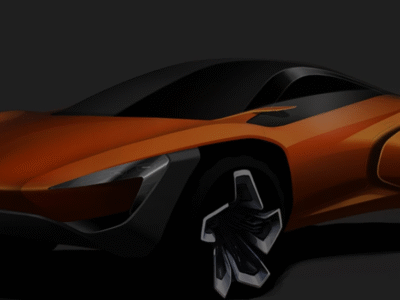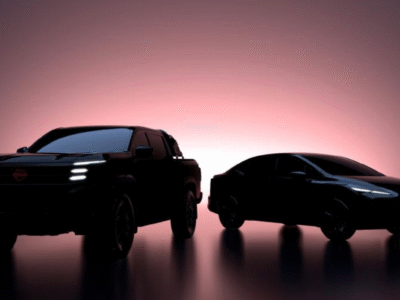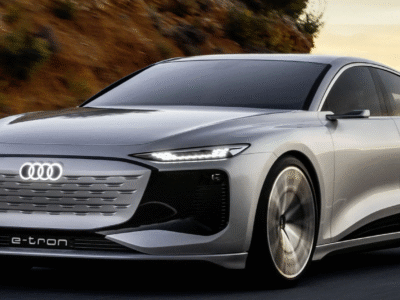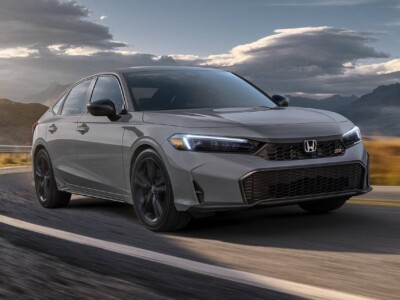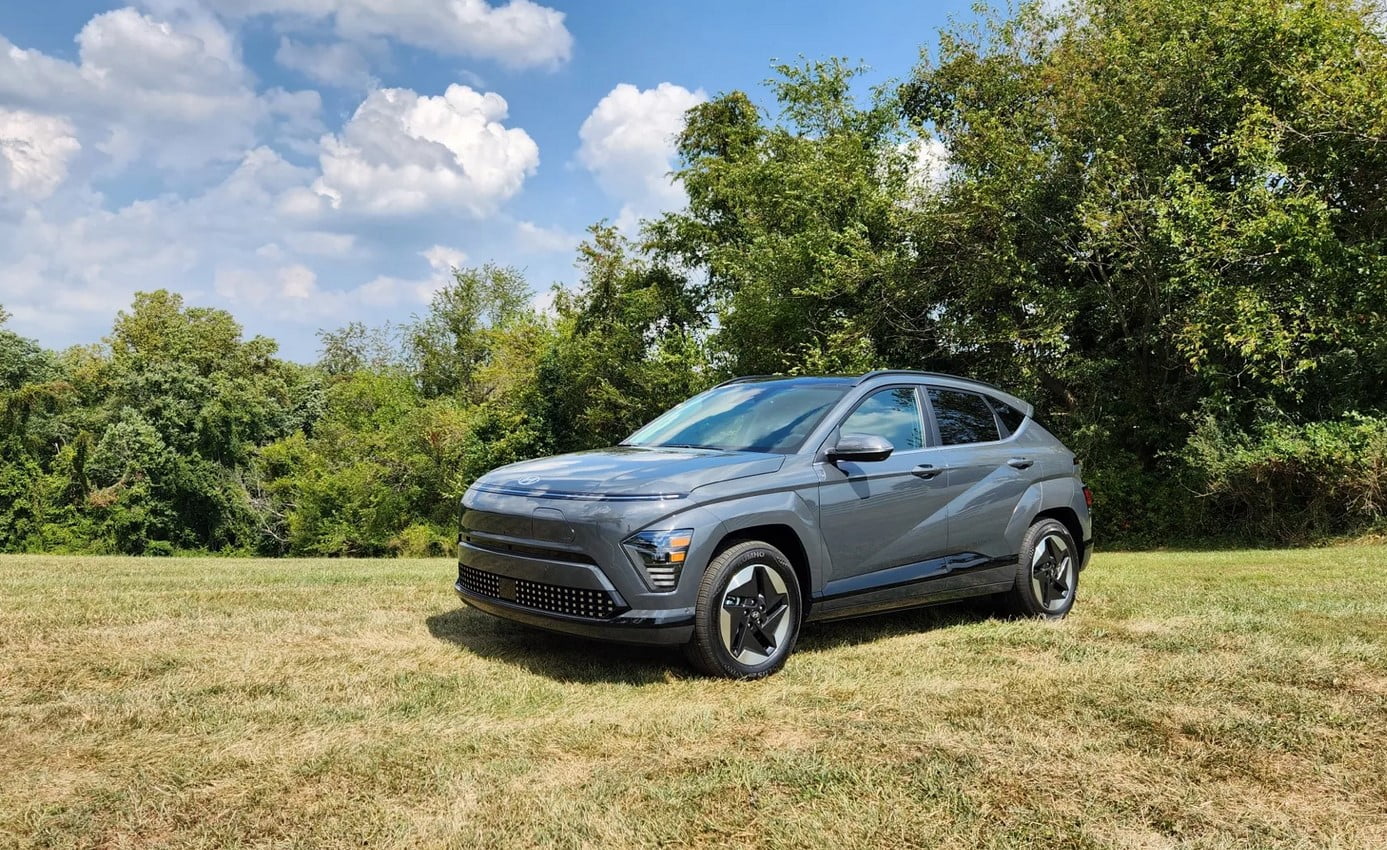
The 2024 Hyundai Kona is making its way to dealerships, with the Kona Electric version expected to arrive later in the fall, according to Hyundai. The Kona Electric stands out as the superior choice in the lineup, offering a smoother and quieter ride, along with impressive acceleration, even when compared to its more powerful gasoline counterpart.
The latest Kona joins a select group of vehicles that come with both gasoline and electric powertrains, and in this case, the electric variant outshines its internal combustion engine (ICE) counterpart. This trend is reminiscent of certain BMW models, such as the ultra-luxurious BMW i7 compared to its gasoline-powered Serie 7 siblings.
What sets the Hyundai Kona Electric 2024 apart, particularly when compared to other electric vehicles (EVs), is its price. Positioned just above the basic Venue, the Kona serves as Hyundai’s entry-level compact SUV for the growing number of SUV buyers who are steering away from traditional sedans like the Elantra. The new gasoline Konas start at $25,435, which is $2,200 more than last year, and cost around $33,000.
The pricing strategy for the Kona Electric 2024 is yet to be revealed, but if history is any indication, the electric version might start at $36,500 or more, placing it in the territory of the Tesla Model 3. However, a new base-battery variant could potentially compete more directly with the Chevrolet Bolt EV and the Nissan Leaf.
From an exterior perspective, the most noticeable difference between the Kona 2024 and its gasoline counterpart is the absence of a combustion engine, hinted at by the front end. Both powertrains share the same thin “continous horizon” light strip running from side to side just below the hood edge. In the EV, these are made up of numerous small pixels, mirroring the rear light and lower bumper edges.
The Kona Electric features body-colored exaggerated wheel arches, in contrast to the contrasting black of the gasoline Kona. The grille in the latest EV version is designed to allow airflow to the radiator but is blocked off. A manually operated charging port door is located at the top of the left side of the nose, and there’s a shallow compartment beneath a black plastic cover serving as a front trunk for storing the portable charging cable.
Internally, both models share almost all interior equipment. Both versions now feature a rotary drive selector, located on the right side of the steering column, behind the wheel. Naturally, the Electric version includes additional screens for information and settings within the same twin 12.3-inch horizontal displays.
Kudos to Hyundai for providing a flat rear floor in the Kona Electric 2024, making occasional rear-seat passengers noticeably more comfortable. It’s a small touch, but in a car of this size, it makes a difference. There’s also an additional 3.0 inches of legroom in the rear seat compared to last year.
Color options vary; both models share six paint tones, including the inevitable white, silver, charcoal, and black, along with a green and a yellow. However, the Kona Electric is the only model offering Meta Blue, a silver-blue shade, and the EV does not offer any red. An exclusive Sage Green synthetic leather interior is available for the Limited trim of the Kona Electric.
For the second-generation Kona Electric, Hyundai offers two battery capacities: the Standard Range version has a 48.6 kWh battery, while the Extended Range model has a 64.8 kWh battery. Ranges differ, of course, with Hyundai projecting an EPA-combined rating of 200 miles for the Standard and 261 miles for the Extended. Note that the latter is 2 miles more than the 2024 Chevy Bolt EV.
The mechanics are similar, but the motor power is limited by software with the smaller battery. It has a power of 133 hp (99 kW), while the Extended Range gets a boost to 201 hp (150 kW).
Dean Schlingmann, a hybrid and electric powertrain systems engineer at the driving event, was part of the team that designed a new generation of propulsion motor for the Kona Electric 2024. He told Green Car Reports that the previous generation motor provided substantial peak power at 3600 rpm, but its power diminished at higher speeds. Hyundai engineers deliberately reduced the peak power of the new motor to extend the power curve to 6,000 rpm, maintaining power delivery at higher speeds and gaining between 1 and 2% efficiency in the process.
Only the front wheels are driven; unlike the gasoline Kona, all-wheel drive is not an option in the Kona Electric. For that feature in Hyundai’s electric vehicle lineup, you would need to step up to the larger Ioniq 5, likely at least $10,000 more for similarly equipped vehicles.
The onboard charger can now operate at 11 kW, up from last year’s 7.2 kW, reducing the Level 2 charging time for the larger pack to about 6 hours, down from last year’s 9.5 hours. The maximum fast charging speed increases from 75 kW to 85 kW, although a 10% to 80% charge for the larger pack still takes 40 minutes or more.
Hyundai had only two Kona Electric prototypes, both of the extended-range variety, at the launch event. The short 10-minute circuits were further complicated because seven police cars from various jurisdictions had completely closed a nearby key intersection. We drove one lap and then rode along with another driver for the second.
It immediately becomes clear that the Kona Electric is more enjoyable to drive than the 1.6T, with its 4.0-liter turbocharged engine and 1.6-liter displacement, and 8-speed automatic transmission. The gasoline car has a power of 190 hp (at 6000 rpm), but in most circumstances, it requires a handful of downshifts to access passing power, while the turbo spools up. This is the result of tuning the car (and choosing higher gear ratios) to meet increasingly strict fuel economy requirements while providing the capability to get up to speed to keep up with fast traffic.
The Kona Electric, on the other hand, delivers instant power from the first press of the accelerator, much like any electric vehicle. From the driver’s seat, it’s linear power; this is not a speed demon, let alone the type of car that offers thrilling acceleration. It’s appropriately quick without being a speed demon, and the throttle response is clearly less jerky than in the previous generation, as Schlingmann told us.
On the road, the Kona Electric feels more solid, and with the battery beneath the cabin lowering the center of gravity, it handles well on the road and in curves. According to Schlingmann, the weight difference between the electric and ICE versions of the SEL model is only 250 pounds, but the EV feels more substantial than such a slight difference would suggest in a 3,100-pound car.
As always, the driver has to invoke the i-Pedal driving mode after each ignition cycle, a nuisance when rivals like the Bolt EV “lock” it in by turning the ignition on and off. However, in i-Pedal mode, the Kona Electric 2024 no longer requires the driver to brake below 5 mph. Instead, it will slow the car down to a stop, a significant improvement for those who prefer one-pedal operation.
Depending on the price, we would expect the extended range to be the more popular of the pair, with the standard serving the purpose of offering an attractive starting price at a lower equipment level. Expect more clarity when more details about the trim and pricing become available as the sales date approaches.



